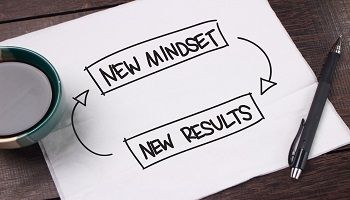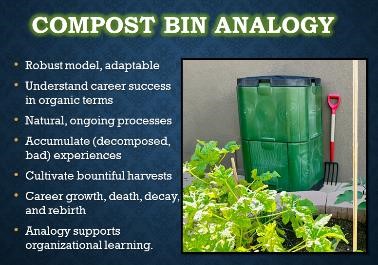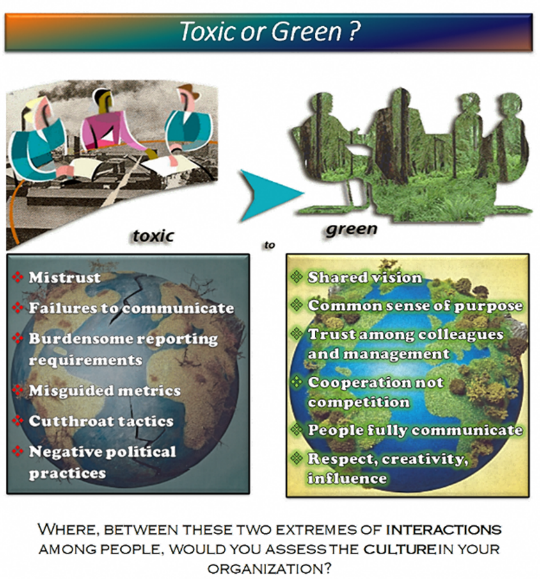How to Make Every Project a Sustainable Project
Every organization brings a variety of motivations to its sustainability initiatives. Some aim to satisfy regulations, some install them as part of company culture, and some derive brand value from them.
In most cases, it’s a mix. In many cases, there’s a direct tie between sustainability and the for-profit projects a company pursues. Building electric vehicles or developing renewable energy technologies are examples of this intersection of interests.
But now that sustainability and ESG performance are part of the management landscape, it has something in common with everything else: It feels the effects of the macro environment. With fears of a recession on the horizon, a recent KPMG survey found 59% of CEOs plan to put their ESG efforts on pause or under review in the coming six months.
That exposes a potential contradiction. If sustainability is part of the business now, it’s no longer an “extra” that companies should trim early in a recession-proofing effort. So how can they bridge the gap between intention and execution in today’s business climate?
Whatever an organization is in business to do, there is an untapped opportunity to approach all projects with greener ways of working by embedding sustainability into the heart of project delivery. Every project has the potential to be a sustainable project. Project managers, naturally focused on execution, are the ideal partners to make sustainability strategies a reality, while delivering tangible organizational benefits, such as reducing resource consumption and expanding stakeholder understanding and engagement of sustainability.
Here’s how to shift your mindset and approach any project sustainably:
KNOW YOUR STAKEHOLDERS—ALL OF THEM
Every skilled project manager understands the importance of stakeholder management: knowing who is impacted by a project and how it affects them. The most obvious, and longstanding, definition of stakeholders starts with the people a project is “for,” such as customers, investors, and your leadership team.
But a comprehensive view of sustainability execution requires you to broaden this definition. There are the employees who work alongside you and the contractors, partners and suppliers who do their part to move your work ahead. Your project likely has ripple effects throughout an entire community, or several—residents, small business owners, local governments, and others.
It’s clear that important environmental, social and governance goals and frameworks have birthed a new ecosystem of stakeholders. According to Green Project Management’s recent “Insights Into Sustainable Project Management” report, 97% of executives say that projects and project management are integral to sustainable development. As sustainability broadens our perception of responsibility, everyone who leads projects must be aware of all stakeholders and the impact each project has on them.
Advertisement
[widget id=”custom_html-68″]
SET SUSTAINABILITY GOALS
One lens that can help us understand this new challenge comes from the United Nations, which created 17 Sustainable Development Goals (SDGs) in 2015. The list includes concerns such as “no poverty,” “zero hunger,” “responsible consumption and production” and “peace, justice and strong institutions.” What’s more important is that these aren’t separate items. They affect and support one another.
Not every SDG will be relevant to every project. For example, your project may have nothing to do with clean water or quality education. But at least one SDG relates to every project, and the link isn’t always obvious.
Suppose you’re developing software. SDG No. 8 likely comes into play: decent work and economic growth. No. 10, reduced inequality, is probably relevant too. What are the labor conditions, including for outsourced workers? Do your vendors and suppliers pay fair wages and provide equal opportunity in hiring?
Through this lens, it’s easy to see how ESG factors and the stakeholders they touch can multiply quickly. A broader stakeholder view, informed by sustainability goals and guided by the United Nations’ SDGs, can help a project deliver more positive benefits to more people.
THINK LONG-TERM
Sustainability expands the project management view along another dimension: time. Your work plan may have an end date, but the effects carry on. Especially if you work to create something tangible, such as a building or a vehicle, your project can impact the world over the years or decades until that work product is discarded or dismantled.
How long will the building last, for example? How will it serve and shape its community while it’s there? What economic effects will it have? And when its day is done, what will be the environmental impact of deconstructing it and accounting for its materials? According to Green Project Management’s report, 38% of project managers say that extreme weather events such as flash floods, wildfires and sea-level rise impact their project work, up from 4% in 2019.
Whether you operate on long timeframes like that or produce end products that come and go within days, the scale changes but the questions remain. Anyone who leads projects should probe to find and answer as many of them as possible.
A REWARDING MINDSET
There is a strong link between sustainability and innovation: to see change happen on the ground, and quickly. The world needs new ideas and out-of-the-box thinking. Approaching projects through the lens of sustainability adds a new way of thinking and opens the way for innovative approaches to sustainability execution. And the payoffs are for society and the planet.
Doing work that generates more value can’t help but be a long-term benefit to you and your organization. The good news is that the tools you need to drive sustainability are ones you already have in your project management toolkit.
So, take a step back—and take a look around. You got into this line of work to make things happen. Your opportunity to do that just got bigger.






